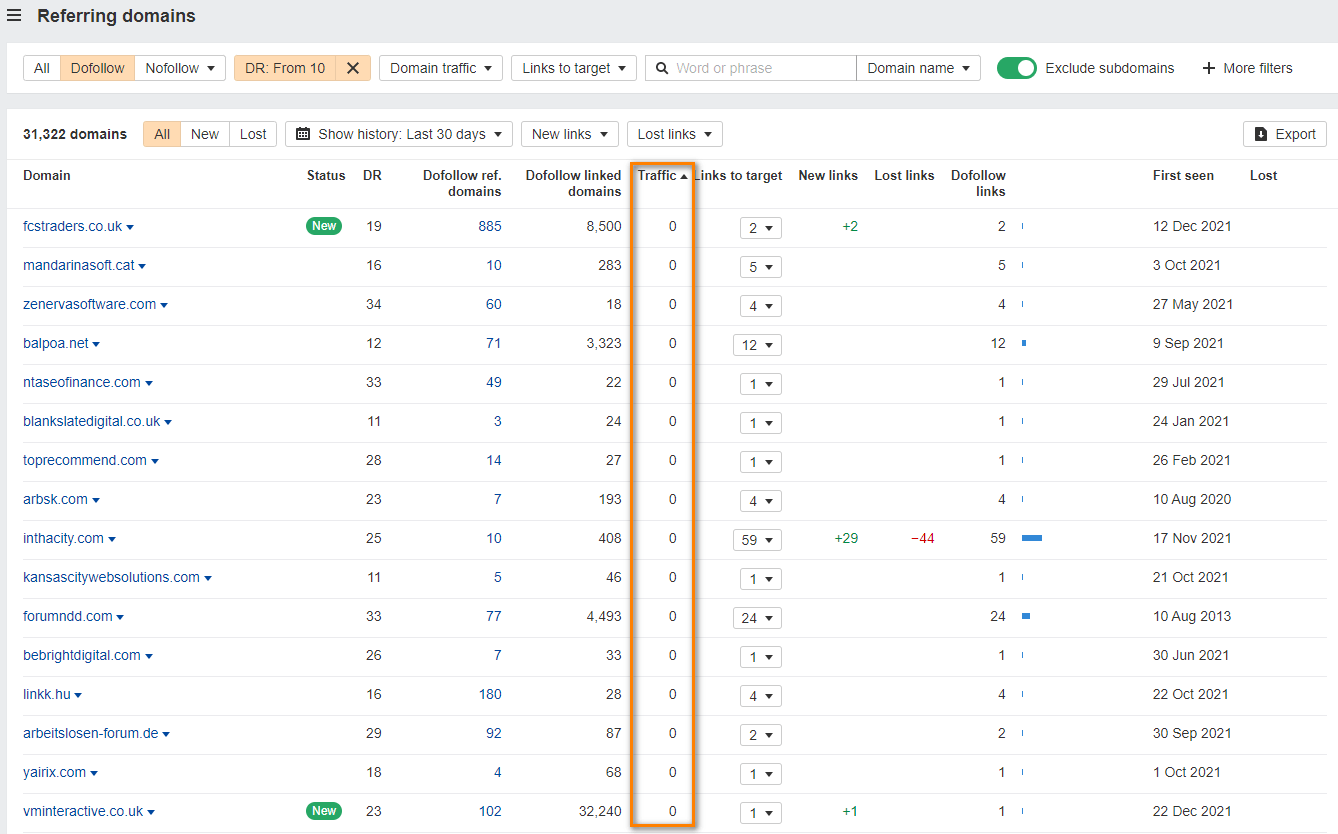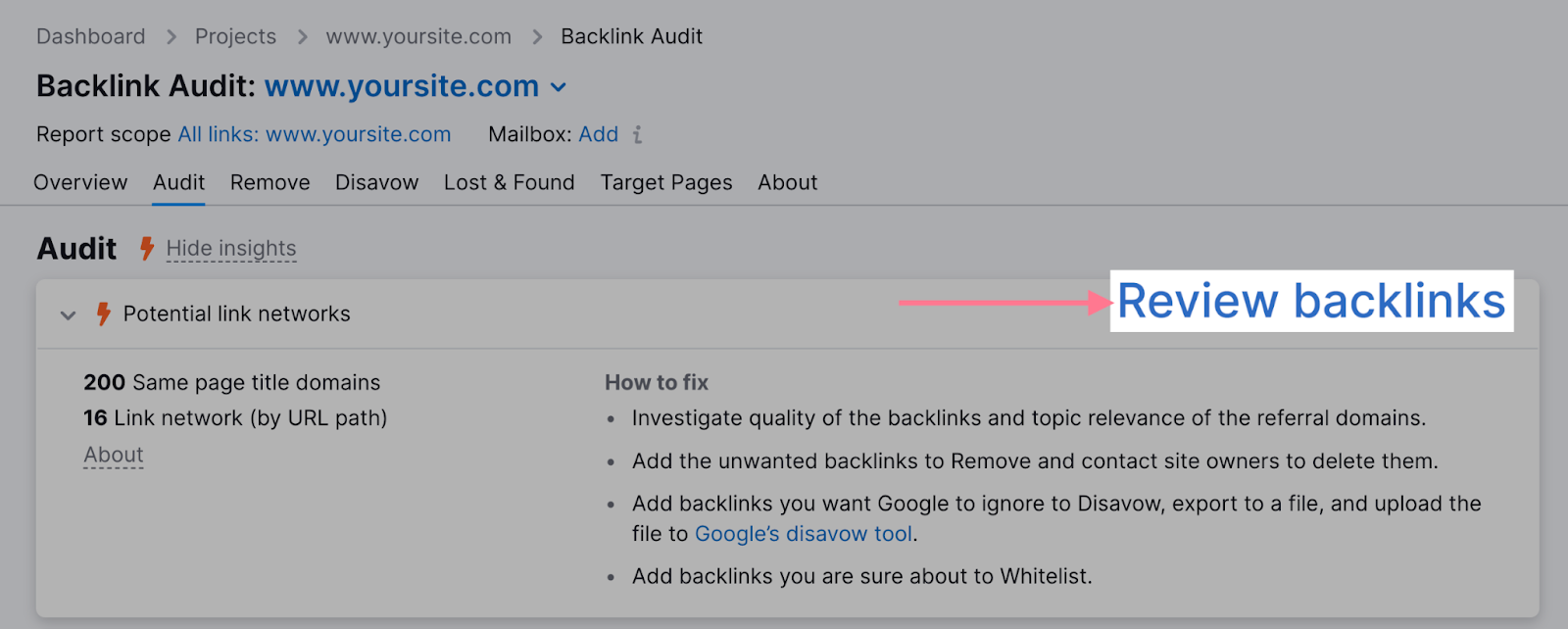All Categories
Featured
Table of Contents
- – Who Is The Most Trusted Optimizing For Search ...
- – Top Semantic Content Strategies Store Near Me
- – When Are The Top Semantic Content Creation De...
- – What Is The Most Valuable Semantic Tagging Fo...
- – A Better Seo For Semantic Search?
- – Whats The Top Semantic Seo Analysis
- – Who Is The Top-Rated Semantic Search And Seo...
The internet is changing, becoming much more and extra semantic. Search engine optimization is also changing and coming to be much more semantic. This is because online search engine have developed and are moving a growing number of in the direction of checking out material on the internet. Certainly, that has actually additionally transformed the means we develop web content, specifically if we intend to rate better in the search engines.
Intertwingularity is not generally recognized, people keep pretending they can make things deeply ordered, categorizable and consecutive when they can not. Based on the relationships in between search objectives, the search engine prefers a content in positioning by calculating the distance in between the vectors of significance.
It allows you to see, beginning with a topic, all the entities that relate to that subject. This means you can plainly see which entities/concepts/ideas have actually already been covered on your internet site, and you can uncover new possibilities by understanding what material you can add and exactly how to create it.
Who Is The Most Trusted Optimizing For Search Intent
It is able to make your material understandable for search engines on the one hand and for your audience on the other. Structuring your content design highlights your web content and its hidden relationships so that internet search engine can identify you amongst hundreds of pieces of info, making you more visible to customers that meet the search intent relevant to your company.
In semantic search engine optimization copywriting, an editor begins with a wider array of subjects and customizes the web content to include semantically appropriate terms and phrases that help viewers comprehend a topic, similar to reviewing web content in a wiki. From a content composing perspective, one functional means to do this is to develop a vocabulary of terms and inquiries surrounding your target subject.
Top Semantic Content Strategies Store Near Me
Discover extra concerning by watching the by!.

Semantic search describes the process of how search engines recognize and match key phrases to a searcher's intent in organic search results page. Prior to semantic search, online search engine like Google ran like matchmakersaligning particular words in your question with those exact words on web pages. The outcomes were simple yet frequently did not have depth.
When Are The Top Semantic Content Creation Deals
It enables Google to offer fast, exact answers to browse queries regarding real-world subjects. When you type a question word right into Google, you're not just getting in a sequence of words.
When you look for "Apple," Google does not simply see a word that defines a fruit. It identifies Apple as a business and can offer relevant info. It was Google's solution to the surge of voice searches, where inquiries became more conversational and nuanced.
What Is The Most Valuable Semantic Tagging For Seo For The Price
By incorporating NLP, Hummingbird permitted Google to move past mere keyword matching. It helped the search engine comprehend search intent, enhancing the chances that results would precisely match the reason behind a user's search.
Making it extra reliable at handling never-before-seen search questions. RankBrain considers more than simply search phrases when analyzing a search inquiry.
So it fetches outcomes that match the key words and line up with the general intent of giving pup training advice. And if the user often looks for dog-related material, Google could prioritize much more in-depth training guidesrecognizing the user's ongoing rate of interest in the subject. Incorporating modern technologies like the Knowledge Graph, Hummingbird, and RankBrain, semantic search helps the Google formula translate and connect data across a vast internet of information.
A Better Seo For Semantic Search?
The emphasis changes from keyword choice to an all natural technique encompassing user intent, topical relevance, and overall individual experience. Developing material that addresses the searcher's requirements with detailed info can enhance your SERP positions. Listed below, we detail the trends and techniques that consolidate the requirement for semantically notified web content. Later on, we provide workable tips to turn these insights right into finest methods.
A broader approach to content aligns better with semantic search's shift away from exact keyword phrase matching and toward individual intent. Material that covers search inquiries more thoroughly not just pleases users.
And five times higher than sites that take 10 secs to lots. While technological search engine optimization guarantees optimal internet site efficiency and ease of access, concentrating on customer experience (UX) takes it an action further. UX aims to create a visually enticing, straightforward interface with interesting, top quality content that motivates site visitors to stay. Semantic search modern technology enables search engines to go for outcomes that offer the most effective possible UX.
Whats The Top Semantic Seo Analysis

All showcase Google's capability to address a topic inquiry comprehensively. By comprehending the context and intent behind customer queries, online search engine can provide more appropriate info and potentially enhance user interaction. Personalization in search results page makes for better UX.Based on your past search history and preferences as a customer, semantic search helps look engines customize the outcomes to fit your one-of-a-kind requirements and interests.
It fetches results that match the keyword phrases and line up with the general intent of providing pup training advice. And if the individual frequently looks for dog-related material, Google might prioritize extra detailed training guidesrecognizing the individual's recurring passion in the topic. Incorporating innovations like the Understanding Chart, Hummingbird, and RankBrain, semantic search assists the Google algorithm analyze and connect information throughout a huge internet of information.
Who Is The Top-Rated Semantic Search And Seo Provider
The focus shifts from keyword selection to an alternative technique incorporating individual intent, topical relevance, and total customer experience. Creating content that resolves the searcher's requirements with comprehensive details can boost your SERP positions.

And sort of content can best satisfy their demands. A more comprehensive strategy to content aligns better with semantic search's shift away from exact keyword matching and toward individual intent. Which discusses the raised concentrate on subject collections, as opposed to specific key phrases. Material that covers search inquiries better not only satisfies customers.
UX intends to create an aesthetically enticing, straightforward user interface with interesting, top quality material that encourages site visitors to remain. Semantic search innovation allows search engines to aim for outcomes that offer the best feasible UX.
All display Google's capacity to attend to a subject inquiry adequately. By understanding the context and intent behind individual queries, internet search engine can deliver extra appropriate info and possibly raise customer interaction. Personalization in search results creates far better UX.Based on your past search history and choices as a customer, semantic search helps browse engines customize the results to suit your one-of-a-kind needs and rate of interests.
Table of Contents
- – Who Is The Most Trusted Optimizing For Search ...
- – Top Semantic Content Strategies Store Near Me
- – When Are The Top Semantic Content Creation De...
- – What Is The Most Valuable Semantic Tagging Fo...
- – A Better Seo For Semantic Search?
- – Whats The Top Semantic Seo Analysis
- – Who Is The Top-Rated Semantic Search And Seo...
Latest Posts
Which Is The Premier Semantic Seo Services Company?
What Is The Most Effective Semantic Search Strategies And Why
Top Semantic Search Ranking Improvements Showroom Near Me
More
Latest Posts
Which Is The Premier Semantic Seo Services Company?
What Is The Most Effective Semantic Search Strategies And Why
Top Semantic Search Ranking Improvements Showroom Near Me